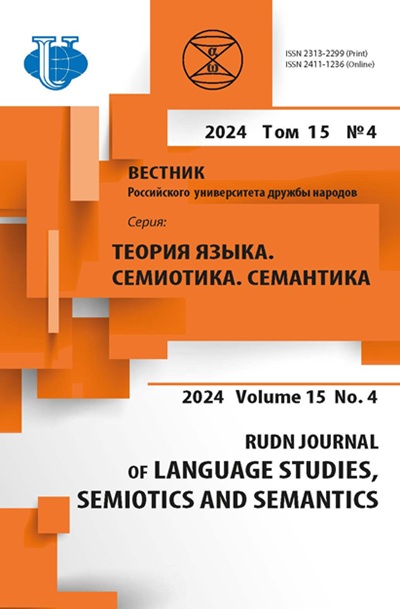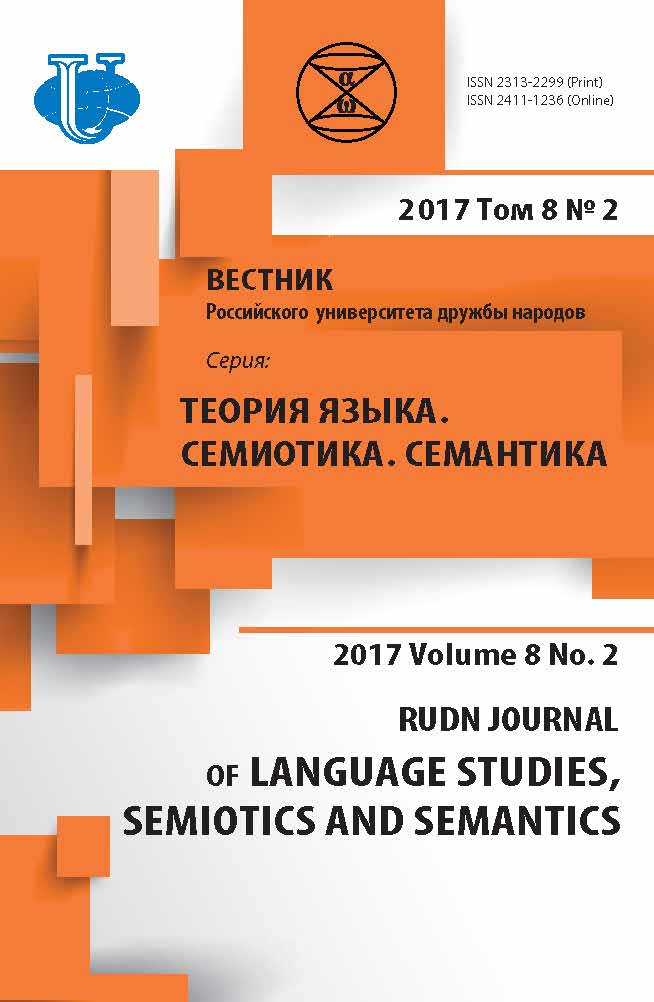Semantic Features of Numerals in the Armenian-Kypchaksky Monument “Code of Laws” (“Төре Бітігі”)
- Authors: Shaymerdinova N.G.1, Zhiyembay B.S.1
-
Affiliations:
- Euroasian national university of L. N. Gumilev
- Issue: Vol 8, No 2 (2017)
- Pages: 280-292
- Section: Articles
- URL: https://journals.rudn.ru/semiotics-semantics/article/view/16336
- DOI: https://doi.org/10.22363/2313-2299-2017-8-2-280-292
Cite item













